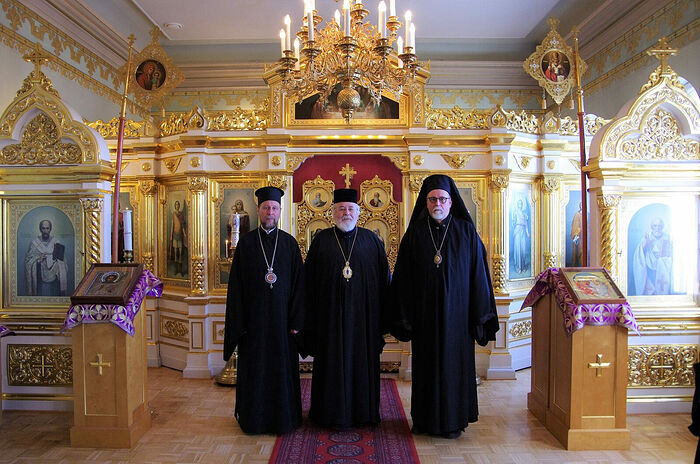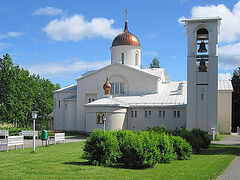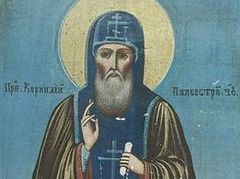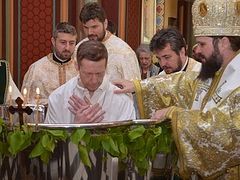Kuopio, Northern Savonia, Finland, September 5, 2023
The Bishops’ Council of the Finnish Orthodox Church of the Patriarchate of Constantinople gathered at the Church’s administrative center in Kuopio, Northern Savonia on the last day of August under the chairmanship of Archbishop Leo Helsinki and All Finland.
Together, the four hierarchs addressed a number of issues, including questions of liturgics, dogma, and popular piety, the Finnish Church reports.
On the recommendation of Abp. Leo, the possibility of serving the Divine Liturgy in parishes in the evening, “following the example of some dioceses in North America,” was considered. However, during the discussion it was recognized that this practice contradicts the generally accepted Orthodox practice, although it is possible to serve the Liturgy at night or early in the morning immediately following the celebration of the All-Night Vigil.
The bishops also discussed their stance against receiving converts by Baptism if they had been baptized in water in the name of the Holy Trinity in their former confession. Abp. Leo proposed publishing a pastoral encyclical “on the unacceptability in Finland of the practice of re-baptizing” such Christians, and the hierarchs decided to ask several doctors of theology “to present the necessary theological and canonical justifications as part of the preparation of the text.”
Recall that the Finnish Orthodox Church and the Evangelical Lutheran Church of Finland signed a joint statement in October 2022 that converts from one to the other would not be baptized because “the churches recognize the efficacy of Baptism celebrated in both of them.”
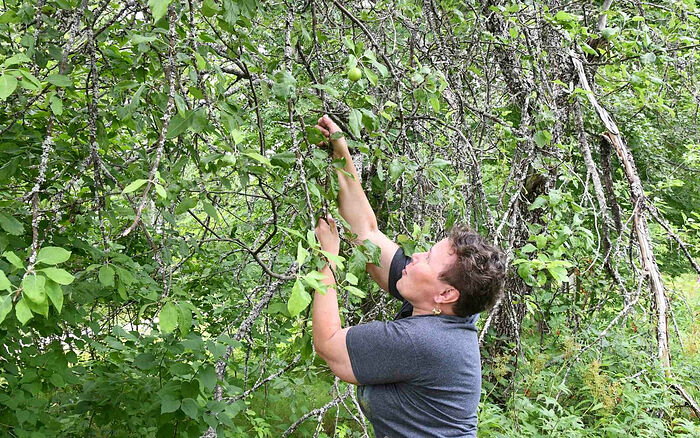 The apple tree planted by St. John of Sonkajanranta
The apple tree planted by St. John of Sonkajanranta
The hierarchs also discussed the growing practice of venerating an apple tree that grew from a sapling brought from Valaam and planted by St. John of Sonkajanranta (canonized in November 2018), an Orthodox missionary who was killed by the White Guards in 1918 during the Finnish civil war.
“It was decided to inform the faithful that the tree planted by the holy ascetic is not a relic and therefore cannot serve for his veneration,” the Church reports.
Follow OrthoChristian on Twitter, Vkontakte, Telegram, WhatsApp, MeWe, and Gab!

